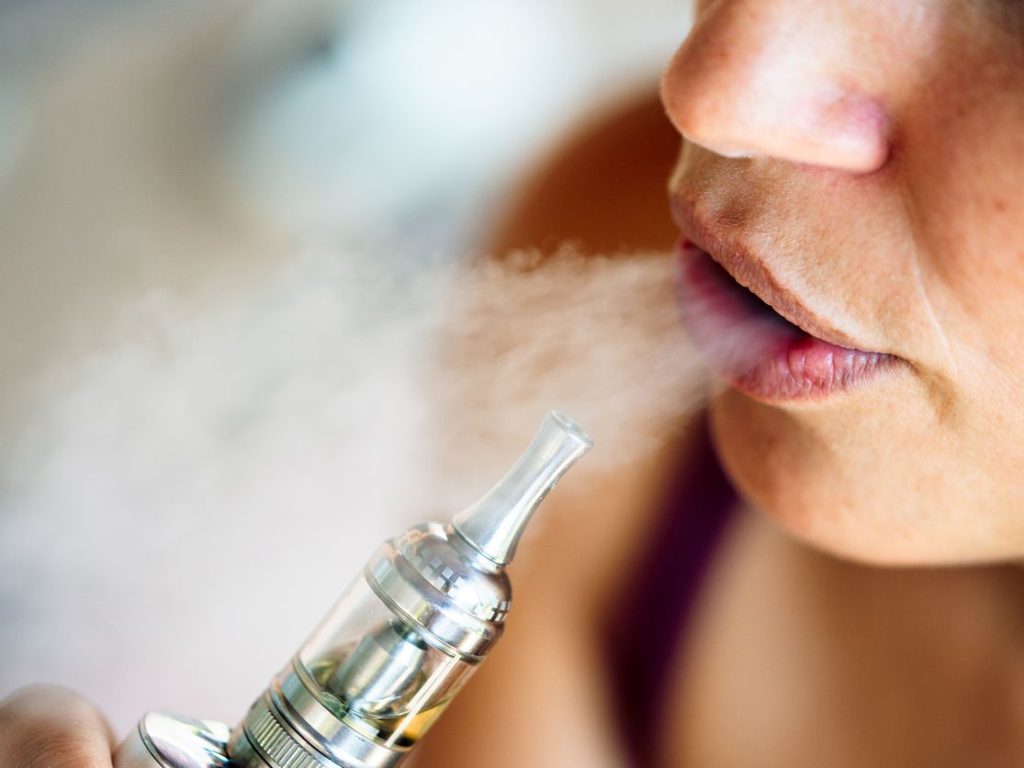Smokeless tobacco has gained recognition as an alternative for those who crave nicotine but wish to avoid the harmful effects associated with traditional smoking methods. This form of tobacco, which includes products such as chewing tobacco, snuff, and orbs, provides a means to satisfy nicotine cravings without the need for inhalation, making it an appealing option for many. The appeal of smokeless tobacco lies not only in its ability to deliver nicotine without the associated smoke but also in its variety of flavors and forms, which can be more palatable for users. For individuals who are looking to quit smoking or reduce their tobacco intake, smokeless tobacco can serve as a transitional tool, allowing them to maintain a level of nicotine satisfaction while potentially minimizing exposure to the harmful byproducts of combustion that occur with smoking. The absence of smoke means that users can partake in their habit without subjecting themselves or those around them to secondhand smoke, which is known to pose significant health risks to non-smokers, especially children and pregnant women.

This aspect of smokeless tobacco can make it a more socially acceptable option in various settings where smoking might be restricted or frowned upon. Additionally, the convenience of smokeless tobacco Haypee allows users to engage in their habit discreetly; the small, portable nature of smokeless products means they can be used in places where smoking would be prohibited, such as workplaces or public transportation. However, it is important to acknowledge that smokeless tobacco is not without its own set of health risks. While it avoids many of the dangers associated with inhaling smoke, it still poses significant risks to oral health, including gum disease, tooth decay, and various cancers of the mouth and throat. Long-term use of smokeless tobacco can lead to nicotine addiction, which can complicate efforts to quit entirely. The perception that smokeless tobacco is a safer alternative to smoking has contributed to its popularity, particularly among younger individuals who may be exploring tobacco products for the first time.
However, this perception can be misleading, as the health consequences of smokeless tobacco can be severe and debilitating. It is crucial for users to educate themselves about the risks associated with smokeless tobacco use and to consider alternative methods for nicotine satisfaction, such as nicotine replacement therapies or prescribed medications, that may provide a safer path to quitting altogether. The market for smokeless tobacco products is continually evolving, with new brands and products emerging that cater to a wide range of consumer preferences. Flavorings like mint, cherry, and wintergreen have made smokeless tobacco more appealing, particularly to younger users. This flavor innovation can further entrench the habit, making it more enjoyable and accessible. Despite efforts to regulate tobacco marketing and sales, the tobacco industry continues to target young consumers, which raises significant public health concerns.